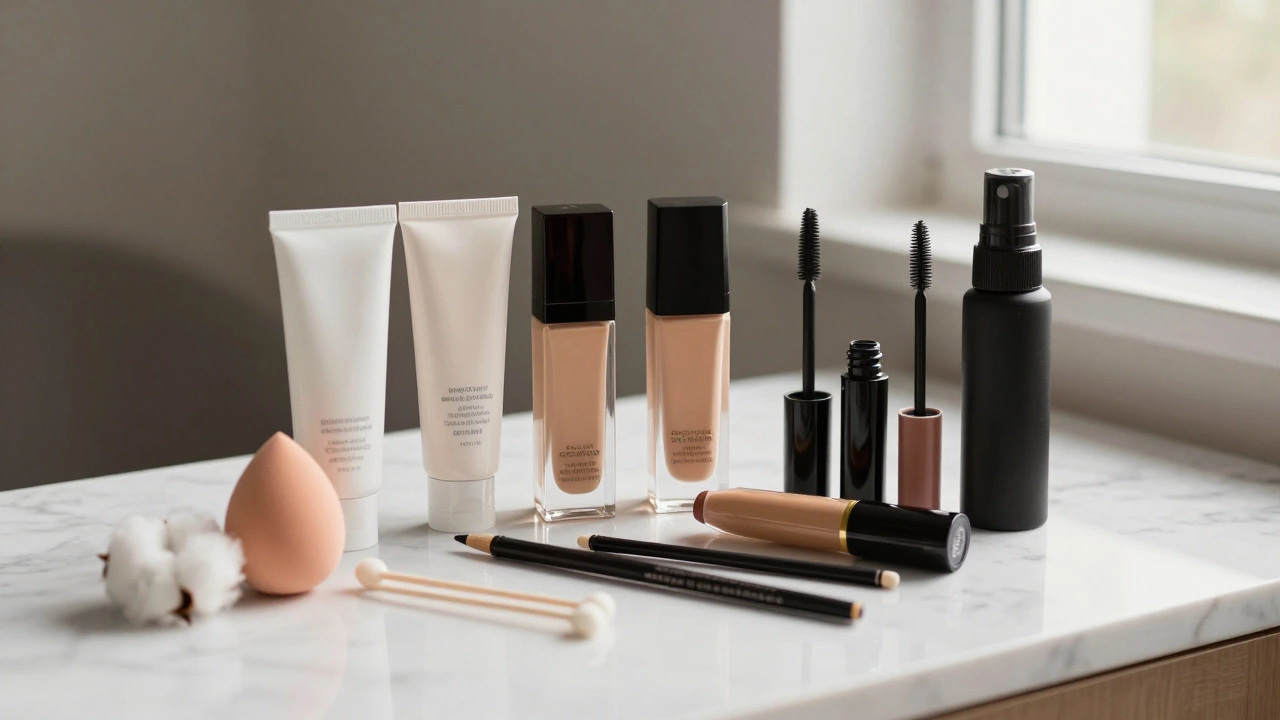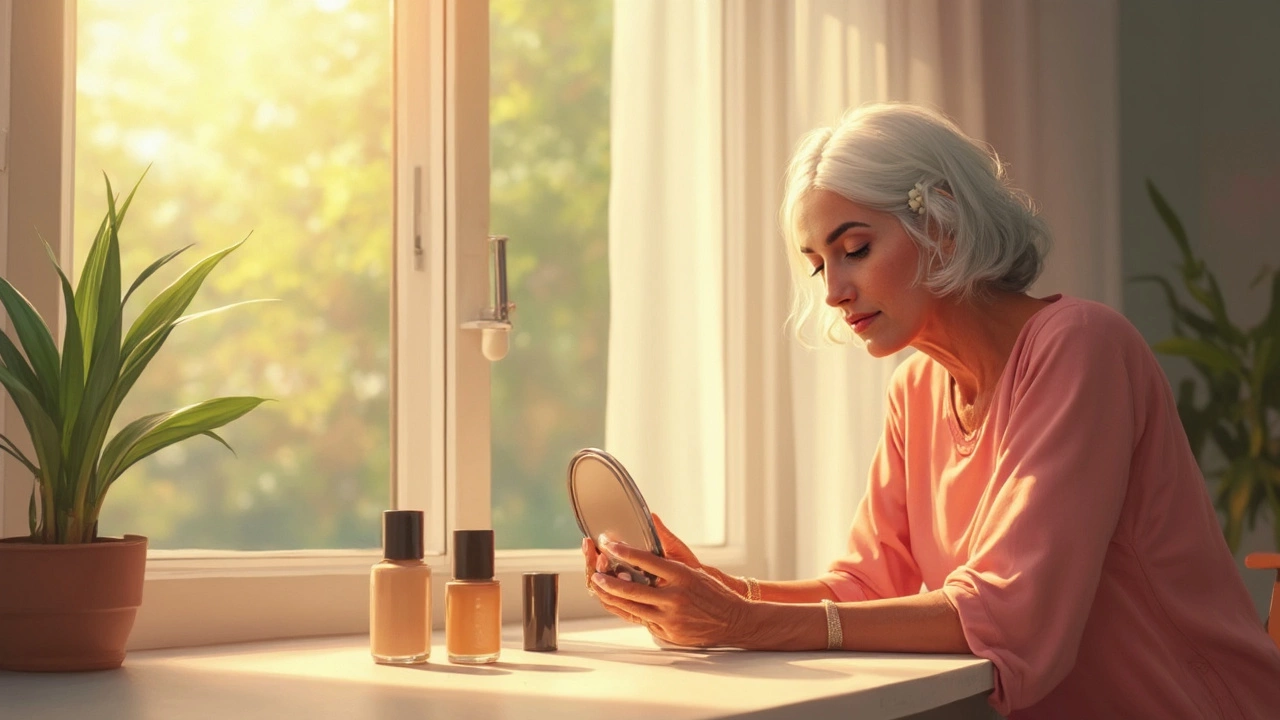Foundation Guide: Choose the Right Shade and Apply It Perfectly
If you’ve ever stared at a wall of foundation bottles and felt lost, you’re not alone. Picking a foundation is more than just matching a color – it’s about finding a formula that works with your skin type and lifestyle. In this guide, we’ll break down the basics so you can walk away with a product that makes your skin look smooth, not cakey.
How to Pick the Right Shade
Start by testing color in natural light. The bathroom light can trick your eyes, so step outside or near a window. Swipe a small line of three shades – one that looks a bit lighter, one that looks a bit darker, and the one you think is closest. The right shade should disappear into your skin at the jawline and blend into your neck without a noticeable line.
Don’t forget undertones. If your veins look green, you’re likely warm‑toned; if they look blue or purple, you’re cool‑toned. Neutral undertones can pull from both sides. Warm undertones pair well with shades that have golden or yellow hints, while cool undertones look best with pink or neutral bases.
Consider coverage level. Light coverage tints even out minor redness, while medium to full coverage hides blemishes and discoloration. If you want a natural look for everyday wear, a sheer formula is a safe bet. For events or photos, go heavier.
Application Tips for a Flawless Finish
Prep your skin first. Cleanse, tone, and moisturize – a well‑hydrated canvas helps foundation glide on evenly. Wait a minute after moisturizer before you start applying.
Choose the right tool. A damp beauty sponge gives a dewy finish, a dense brush offers a matte look, and fingers work well for cream or liquid formulas that need heat to blend.
Apply in thin layers. Start with a small amount in the center of your face and blend outward. Building up slowly prevents the dreaded mask effect. If you need more coverage, add another thin layer instead of slathering a thick one.
Don’t forget the neckline. Matching your jawline but forgetting the neck creates a noticeable line. Blend down to the base of your throat for a seamless look.
Set your foundation if you have oily skin or need it to last all day. Light dusting of translucent powder on the T‑zone (forehead, nose, chin) keeps shine at bay without looking powdery.
Finally, keep your foundation fresh. Store it in a cool, dry place and replace it every six to twelve months. Old product can change color and harbor bacteria.
With these simple steps, you’ll stop guessing and start feeling confident every time you reach for a foundation. Experiment, have fun, and remember that the best foundation is the one that lets your skin breathe while giving you the glow you want.
What Products Do I Need for a Full Face of Makeup? A Simple Step-by-Step Guide
Learn exactly what products you need for a full face of makeup without overloading your routine. A simple, practical guide to foundation, concealer, primer, and more for everyday wear.
Does Mature Skin Look Better Without Foundation?
So many wonder if skipping foundation helps mature skin look fresher or just less made-up. This article cuts through the hype, exploring what foundation actually does for aging skin—good and bad. Real tips, makeup artist habits, and swap-outs for heavy formulas are all here. It’s about finding what really makes skin feel and look good. Whether you love a polished look or something more natural, there’s help for both right here.


 Hair Care
Hair Care